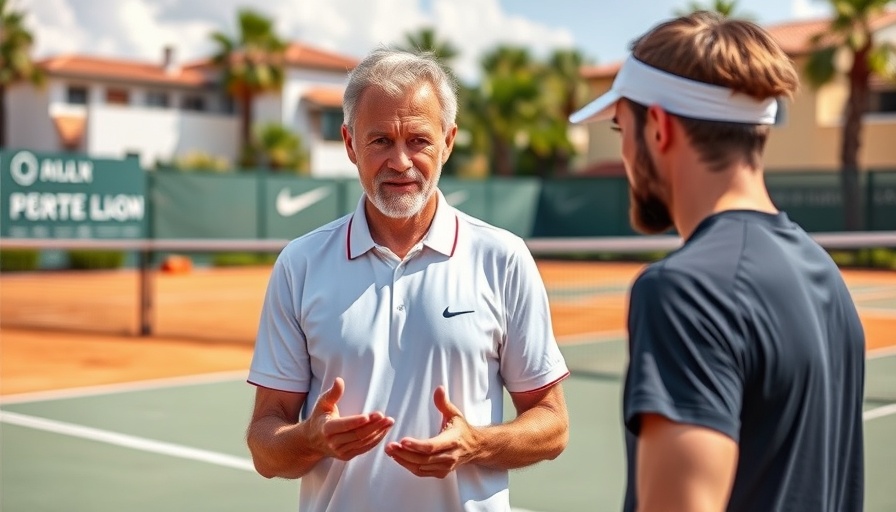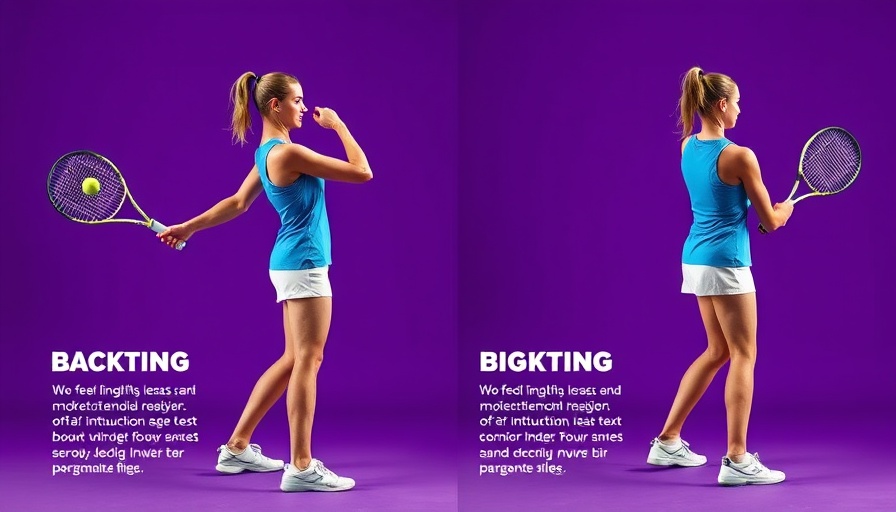
Achieving Stability in Tennis: The Secret to Better Shots
When it comes to mastering tennis, stability is paramount. In the recent video, "How to stay stable in tennis!", key concepts of maintaining equilibrium during play are explored, emphasizing how crucial it is for delivering powerful and accurate shots. At its core, this instructional guide highlights a fundamental principle: achieving stability is what transforms a good tennis player into a great one.
In 'How to stay stable in tennis!', the discussion dives into stability techniques, exploring key insights that sparked deeper analysis on our end.
The Importance of the Split Step
The split step is not just a technique; it sets the tone for your entire play. Right after executing this move, it is essential to find your footing before you make your next shot. The video illustrates that stability should be established from the very beginning. This ensures that when players hit the ball, their feet are firmly planted, allowing them to channel all their energy into their strokes.
Understanding Your Body's Weight Distribution
Another critical element discussed is body positioning. Players are encouraged to think about their body weight distribution when making shots. For instance, if you are aiming for your opponent's forehand, your center of gravity should shift accordingly. This principle is vital not only for power but for accuracy as well. When you are balanced and following through in the right direction, your shots become more predictable and difficult for your opponent to counter.
Tips for Improving Your Stability
The video provides practical tips that any tennis player can incorporate into their training regimen. It encourages players to focus on their loading while hitting the ball. This involves keeping your weight on your legs, creating a stable platform from which to attack or defend on the court. Another recommendation is resistance training that focuses on building core strength. A solid core plays a significant role in maintaining balance, no matter the dynamics of your opponent's shot.
The Wider Implications of Stability in Tennis
While the video revolves around technical insights for tennis, the implications of stability extend beyond the court. A stable physical base can lead to improved mental fortitude in sports. It fosters focus and confidence, both of which are vital for success. When players feel grounded, not just physically but mentally, they are likely to encounter fewer errors and better decision-making during crucial moments in a match. The correlation between physical stability and emotional assurance can't be overstated.
Conclusion
The insights gleaned from "How to stay stable in tennis!" reveal that true mastery of the sport hinges on understanding the balance and weight distribution. Next time you're out on the court, remember to focus on your stability. It could make all the difference between a match lost and a match won!
 Add Row
Add Row  Add
Add 




Write A Comment